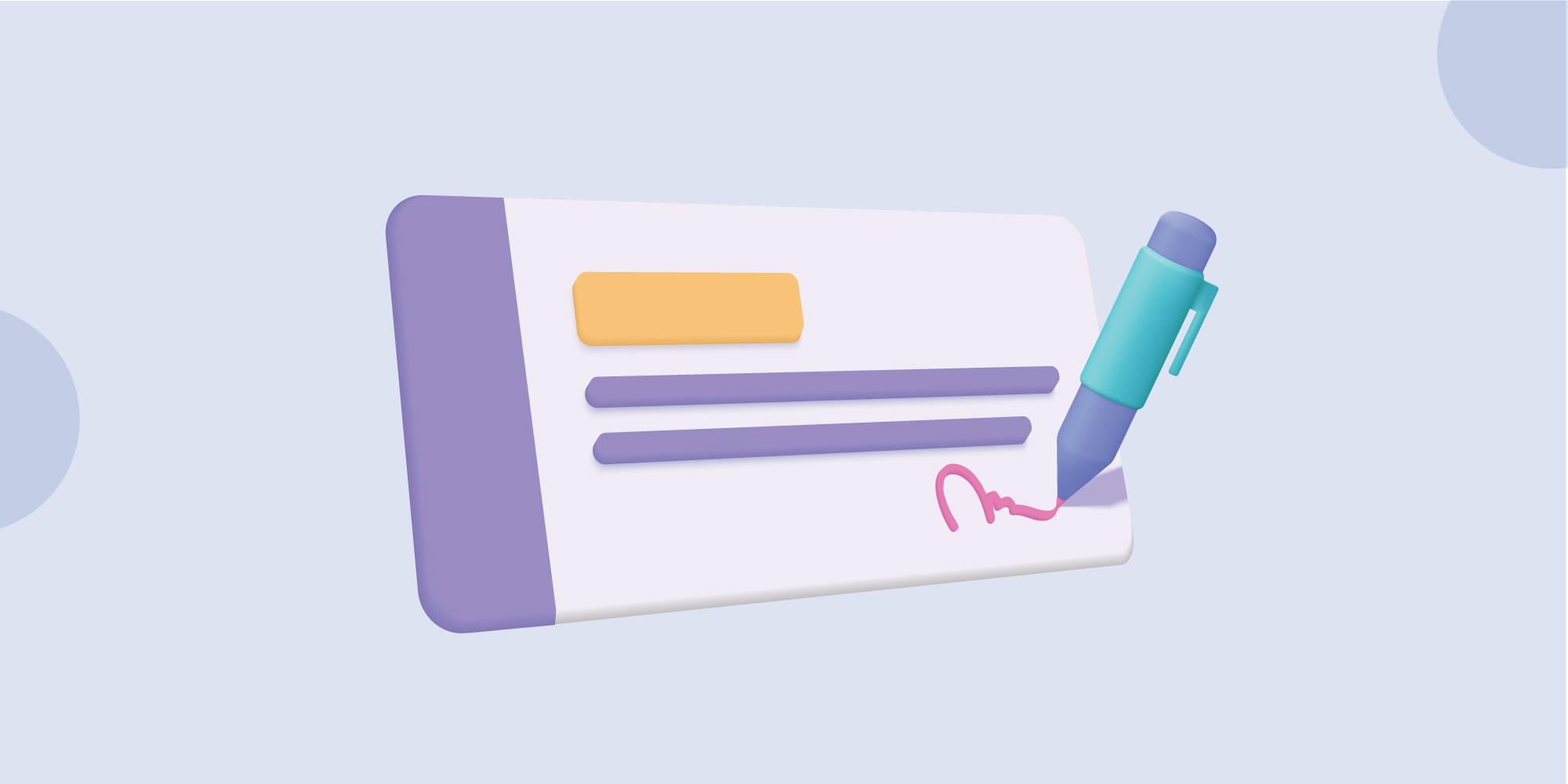Cancelled Cheque Guide: Easy Instructions with Tips
Reviewed by: Fibe Research Team
- Updated on: 15 Oct 2025
Reviewed by: Fibe Research Team

A cancelled cheque is one of the most common document requirements in banking and finance. From bank accounts to loans and investments, many financial services ask for one. It’s a quick way to share your bank account details without any transaction happening.
But many people are still unsure how to cancel a cheque or how cancelled cheque looks like. This guide will help you understand what is a cancelled cheque and how to fill one out correctly.
A cancelled cheque is a blank cheque where the word ‘CANCELLED’ is written clearly between two parallel lines. It’s not used for payments. Once cancelled, it cannot be encashed or processed. But it still shows all the important details. Details like your name, account number, bank name, IFSC (Indian Financial System Code) and MICR (Magnetic Ink Character Recognition) code. That’s why many banks, companies and service providers ask for it.
Cancel cheque means the cheque is blocked from being used, but it still works to confirm your bank account. You don’t fill in anything else. And you usually don’t need to sign it either. You may need to give a cancelled cheque for setting up the Electronic Clearing Service (ECS) for salary. It simply proves to your employer that your account is active and belongs to you. Apart from this, a cancel check leaf is also required for things like auto-debit setup, insurance premiums or loan applications.
Filling in a cancelled cheque is easy, but it needs to be done correctly. Here’s how to write cancelled cheque step by step:
Step 1: Take a fresh cheque
Use a blank cheque from your cheque book. Make sure your name, account number and IFSC code are printed and clearly visible.
Step 2: Draw two parallel lines
With a blue or black pen, draw two diagonal lines across the cheque. Go from the top-left to the bottom-right corner.
Step 3: Write ‘CANCELLED’
In big capital letters, write ‘CANCELLED’ between the lines. Make sure it’s clear and easy to read.
Step 4: Do not sign the cheque
In most cases, you don’t need to sign a cancelled cheque. So, if you’re unsure about cancelled cheque signature required, the answer is no. Unless the bank clearly asks for it.
Step 5: Leave everything else blank
Don’t fill in the date, payee name or amount. These are not needed on a cancelled cheque.
Step 6: Take a clear picture if needed
If you’re sending it online, click a clean cancelled cheque picture where all printed details are visible.
This is exactly how to create a cancelled check that’s valid for banking and other official use.
Now that you know how to cancel the cheque, here are the most common situations where it’s needed:
In all these cases, cancelled cheques play an important role. Whether it’s for a loan, a salary account or an investment. This small step keeps your paperwork smooth and error-free. But that’s just one part of managing your money. The rest can be simple too, with the right support.
With Fibe, you get more than just financial support. From instant cash to easy personal loans, it helps you manage money without the usual hassle. No paperwork. No delays. Just quick, 100% digital access whenever you need it. Download the Fibe App and take control of your money, one step at a time!
No, you do not need to sign it unless the company or bank specifically asks for it. A signed cheque can be misused if not handled carefully.
Not really. Since it cannot be used for payments, it’s considered safe. But always hand it over only to trusted sources.